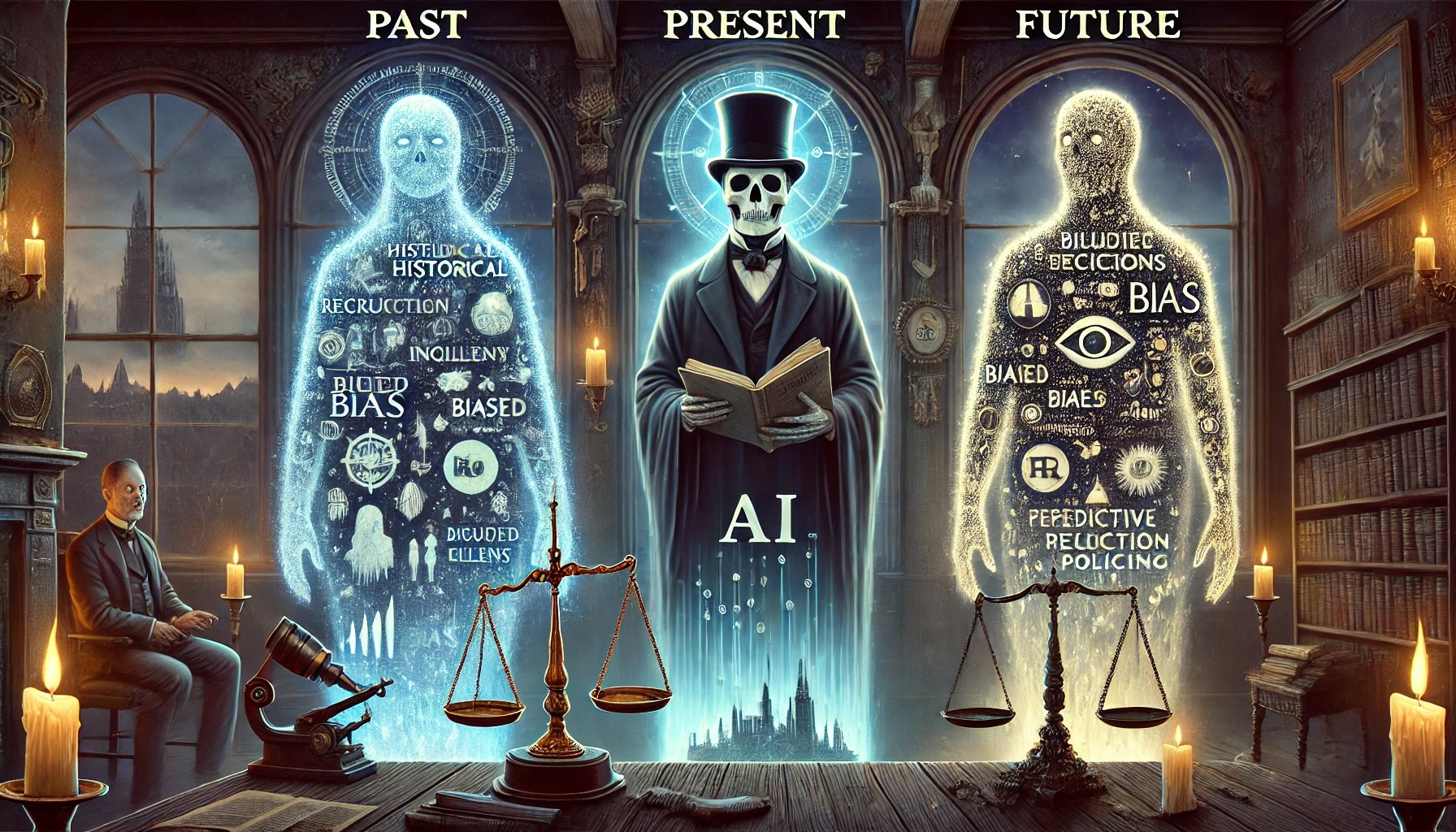If you’ve never asked yourself that question, you likely are part of a privileged minority that hasn’t felt like they don’t belong at work. Or maybe you haven’t yet taken time for self-reflection through this lens. IDentity (yes, the 2nd D is capitalized intentionally) is the foundational step of the four cornerstones to belonging. If you’re reading this, you likely just took the Belonging Assessment: a key step in understanding and measuring Belonging at Work. This score is not an individual reflection on you, but a reflection of the ecosystem where you work. It is focusing on two factors: the ability to be yourself in the workplace and the extent that the company’s identity includes you.
Understand Your Score

As you think about IDentity, consider the full range of diversity–no one identifies as only one thing. The dimensions of diversity include race, ethnicity, gender, gender identity, age, social class, physical ability, religious or ethical values system, mental and physical ability, income, marital or parental status, geographic location, national origin, political beliefs–the list goes on to include hobbies, interests, stages of life, and collective societal experiences. We are all multi-faceted, and at any point in our lives, some of these dimensions may feel more or less important when we answer the question of who we are.
Within the workplace, while all identities might be allowed in theory, some identities might be more valued or welcomed. A more nuanced example is an office environment that thrives on late nights and sudden deadlines would not be welcoming for someone in a parental or caretaking role. Or a company with a reputation for off-campus work events might exclude people with physical disabilities. In addition, many parts of our identities are hidden – we don’t know someone’s marital status or ability status, education level or sexual preference. Because our brains fill in the gap based on the limited information we see, we might act as if we do know other’s identities. As individuals, it’s crucial that we allow room for others’ identities by consciously dismantling any unconscious bias within ourselves. As inclusive leaders, it’s mission-critical.
Don’t Act On Your Fears
 Occasionally, we all may fear that if people really knew us, they would think less of us, or that the knowledge would be weaponized against us. This psychological dynamic presents itself at varying times for all and for some it’s more frequent than others. All of us hold these fears for a reason, usually because it has happened to us before in the workplace. A casual conversation is used to deny a promotion or a job opportunity – many of us have been there. It might be “easier” to hide facets of our IDentity, even though it is also probably impossible to do that and stay at a company for very long.
Occasionally, we all may fear that if people really knew us, they would think less of us, or that the knowledge would be weaponized against us. This psychological dynamic presents itself at varying times for all and for some it’s more frequent than others. All of us hold these fears for a reason, usually because it has happened to us before in the workplace. A casual conversation is used to deny a promotion or a job opportunity – many of us have been there. It might be “easier” to hide facets of our IDentity, even though it is also probably impossible to do that and stay at a company for very long.
A lower IDentity score might indicate that an organization is openly resistant to particular identities or it may also convey that an organization is simply unclear on its stance. There is a difference between a company being proactive to meet the needs of employees and a company where individual employees need to advocate for themselves on every occasion.
Organizational Characteristics
 In a thriving organization, people work actively to disrupt stereotypes, knowing that stereotyping is a natural function of the brain trying to categorize and that it is limited and overly simplistic. In these organizations, there are structures and processes in place so that people know that their experience and diversity is valued, and that it is safe to reveal elements of their IDentity whenever and however they are ready to.
In a thriving organization, people work actively to disrupt stereotypes, knowing that stereotyping is a natural function of the brain trying to categorize and that it is limited and overly simplistic. In these organizations, there are structures and processes in place so that people know that their experience and diversity is valued, and that it is safe to reveal elements of their IDentity whenever and however they are ready to.
In this environment, people are able to bring their best self to work. Let’s distinguish this from bringing our whole selves to work. Some days our whole selves are having a rough time and might snap at people for no reason. Think of what it would mean to be able to bring your best self to work. The self that you really enjoy being around, the self that is thoughtful, creative, and motivated, the self that doesn’t have a mask on in order to fit in.
In this diverse workplace, people can see themselves in the company’s leaders. This means that leaders are forthright and open about who they are. When leaders are open and reveal their identities, it sends a clear signal that it is safe for others to do so. These organizations are more often led by individuals who believe diversity is a fundamental strength for the business and not a problem that needs to be fixed.
In this workplace, dimensions of diversity are not only allowed, but celebrated. We don’t mean the sometimes performative activities of special one-off events or celebrations, but regular on-going inclusion of the multiplicity of identities in the materials, activities, policies and procedures of the company.
Matching Corporate Identity and Individual IDentity
 The last piece of IDentity is aligning with the corporate identity. This might seem confusing. If IDentity is about being able to be who you are as an individual, how does that work with fitting into a corporate culture? In the best situations, a strong corporate identity (aka ‘brand”) will include a wide range of individual differences with people who come together in service of a single mission. This is reflected in corporate communications, internal and external messaging as well as policies, protocols and governance. At an individual level, ask “Does this company’s work fit my values and who I am?” or “Am I proud to tell others where I work?” From the organizational perspective, the question becomes “Does this company openly and proactively attract a wide range of people who can be successful here or do people need to contort themselves to fit the one “best” type?”
The last piece of IDentity is aligning with the corporate identity. This might seem confusing. If IDentity is about being able to be who you are as an individual, how does that work with fitting into a corporate culture? In the best situations, a strong corporate identity (aka ‘brand”) will include a wide range of individual differences with people who come together in service of a single mission. This is reflected in corporate communications, internal and external messaging as well as policies, protocols and governance. At an individual level, ask “Does this company’s work fit my values and who I am?” or “Am I proud to tell others where I work?” From the organizational perspective, the question becomes “Does this company openly and proactively attract a wide range of people who can be successful here or do people need to contort themselves to fit the one “best” type?”
 Inclusive Leaders, Read On
Inclusive Leaders, Read On
Note: If you are a decision-maker or have decision-making influence within your organization, here are some things to examine to build this cornerstone. Look at both the formal and informal policies and procedures of your company.
- Do they lean toward a certain type of employee that fits “best”? Is there a type for who gets hired or gets promoted? How can this “type” be expanded?
- Does the company openly build toward a truly diverse workforce where everyone can be who they are? What specifically can you point to? What are the current gaps?
- How is diversity celebrated in your organization? Be as specific as you can.
- Are there people who have succeeded although they are exceptions to the rule? How can the policies and procedures be changed so that they are not exceptions, but part of the way things are done?
Have you taken the Belonging Assessment?
We partner with businesses to address how bias is impacting your bottom line. We actively engage with clients to identify and disrupt the hidden (and not-so-hidden) biases that impact company performance. Our clients benefit from our ability to structure initiatives that are simultaneously provocative, personal, and productive. We take a self-reflective approach and move organizations from bias to belonging®

Percipio Company is led by Matthew Cahill. His deep expertise in cognitive, social, and workplace biases is rooted in the belief that if you have a brain, you have bias®. He works with executives to reduce mental mistakes, strengthen workplace relationships & disrupt existing bias within current HR processes, meeting protocols and corporate policies. Matthew has demonstrated success with large clients like LinkedIn, Salesforce and dozens of small to mid-size companies looking to create more inclusive workplaces, work smarter, generate more revenue and move from bias to belonging®.


 Inclusive Leaders, Read On
Inclusive Leaders, Read On



